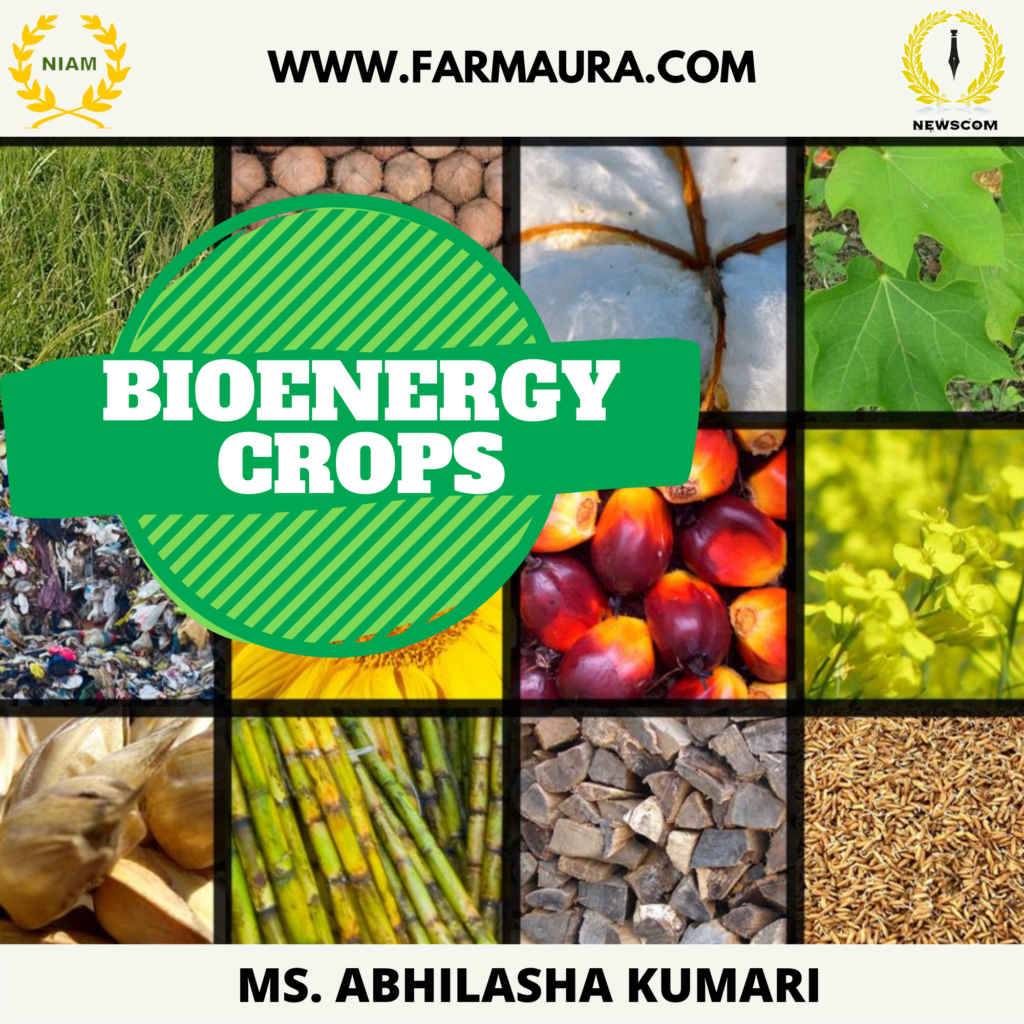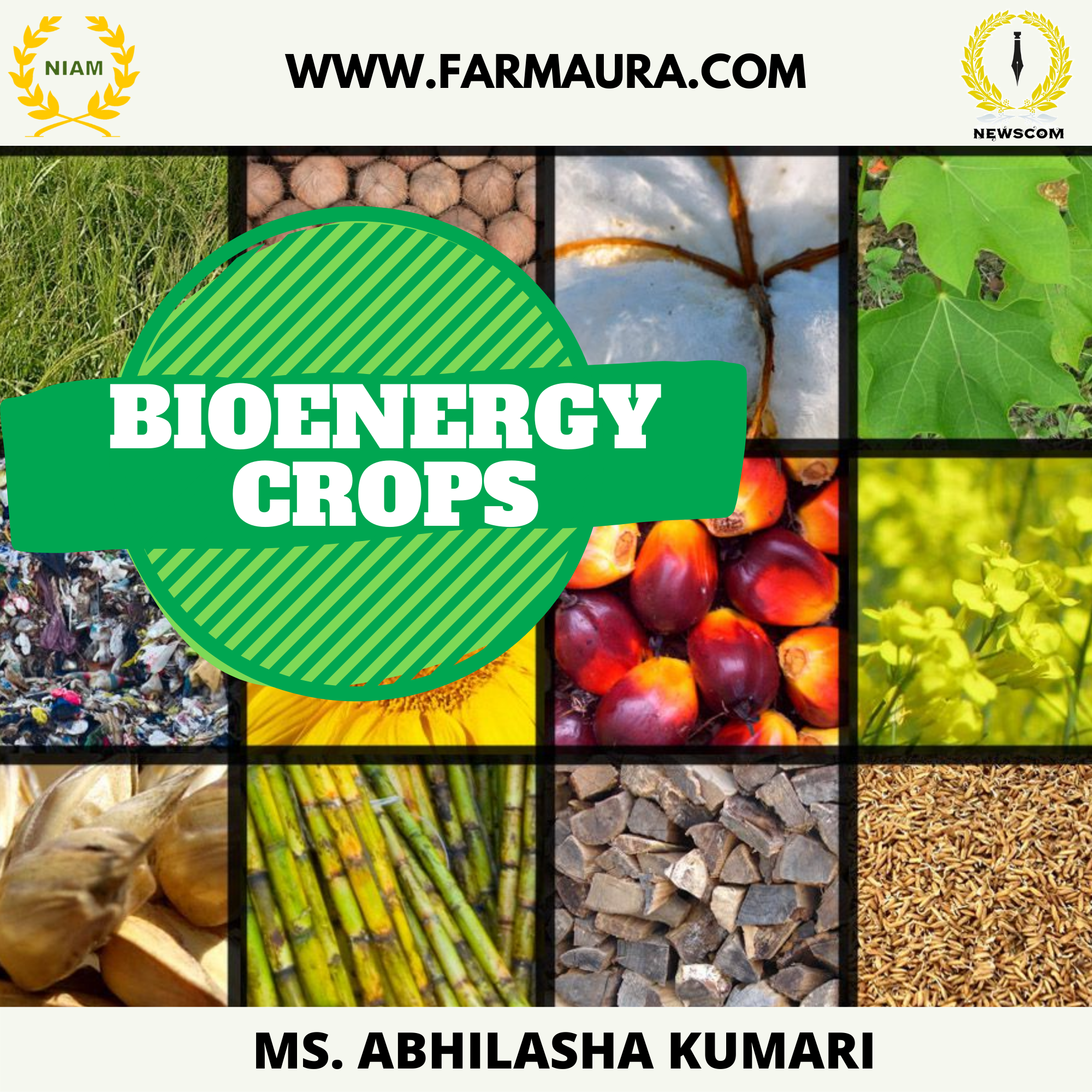
“How can we make this Earth work for 7 billion people?”
Ensuring Sustainability is the answer, and the world is moving towards biofuels as a potential solution to all these challenges. Bioenergy crops are any plant material used to produce bioenergy. It is the foremost source of renewable energy worldwide, and it is expected to continue to play a significant role in the future energy system. According to the International Energy Agency, by 2024, global biofuel production is forecasted to increase by 25%, and with it, the requirement for arable land will similarly rise, with some predictions estimating between 35 million to 54 million hectares of land may be required for biofuel crops by 2030.
Fossil fuels are depleting with every passing day. Ultimately it will run out one day, but the bioenergy crops can be cultivated again and again on the required demand. Cultivation area under bioenergy crops occupies 3.8% ± 0.5% of the global total land area, but they exert strong regional biophysical effects, leading to an overall net change in air temperature of −0.08 ~ +0.05 °C. There are enormous benefits of bioenergy crops. Some of them are that these crops can produce a large volume of biomass, have high energy potential, and can be grown in marginal soils. They can also positively impact the environment by reducing the level of carbon dioxide, emission of greenhouse gases, and soil erosion, helping in energy independence, reducing foreign oil dependence (83% of India’s oil need depends on imports), health benefits, also helping the economy by providing jobs.
Bioenergy crops are classified into five types, first, second, and third-generation bioenergy crops, dedicated energy crops, and halophytes. The first-generation bioenergy crops include corn, sorghum, rapeseed, and sugarcane, whereas the second-generation bioenergy crops are switchgrass, miscanthus, alfalfa, reed canary grass, Napier grass, and other plants. The third-generation bioenergy crops consist of boreal plants, crassulacean acid metabolism (CAM) plants, eucalyptus, and microalgae. Grain ethanol is produced from sugar and starch from plants such as corn. Wood, crop residues, and grass, such as miscanthus and switchgrass, can be used to produce cellulosic ethanol. The bioenergy crops like miscanthus and switchgrass are the best examples of non-food crops.
Although bioenergy crops have several agronomical, environmental, economic, and other benefits, they are still not adopted by the farmers commercially for energy use. One of the reasons for non-adoption can be farmers’ lack of information and the importance of bioenergy crops. The two most critical factors in adopting any new crop are profitability and riskiness relative to the existing crop system. A farmer will adopt bio-energy crops only when they provide more advantages than conventional options. It is not easy to make a world bio-based economy. But we should invariably remember that –
“Agriculture must mediate between nature and the human community, with ties and obligations in both directions. To farm well requires an elaborate courtesy toward all creatures, animate and inanimate. It is sympathy that most appropriately enlarges the context of human work. Contexts become wrong by being too small – too small, that is, to contain the scientist or the farmer or the farm family or the local ecosystem or the local community – and this is crucial.” ― Wendell Berry, Bringing it to the Table: On Farming and Food.





Very informative content